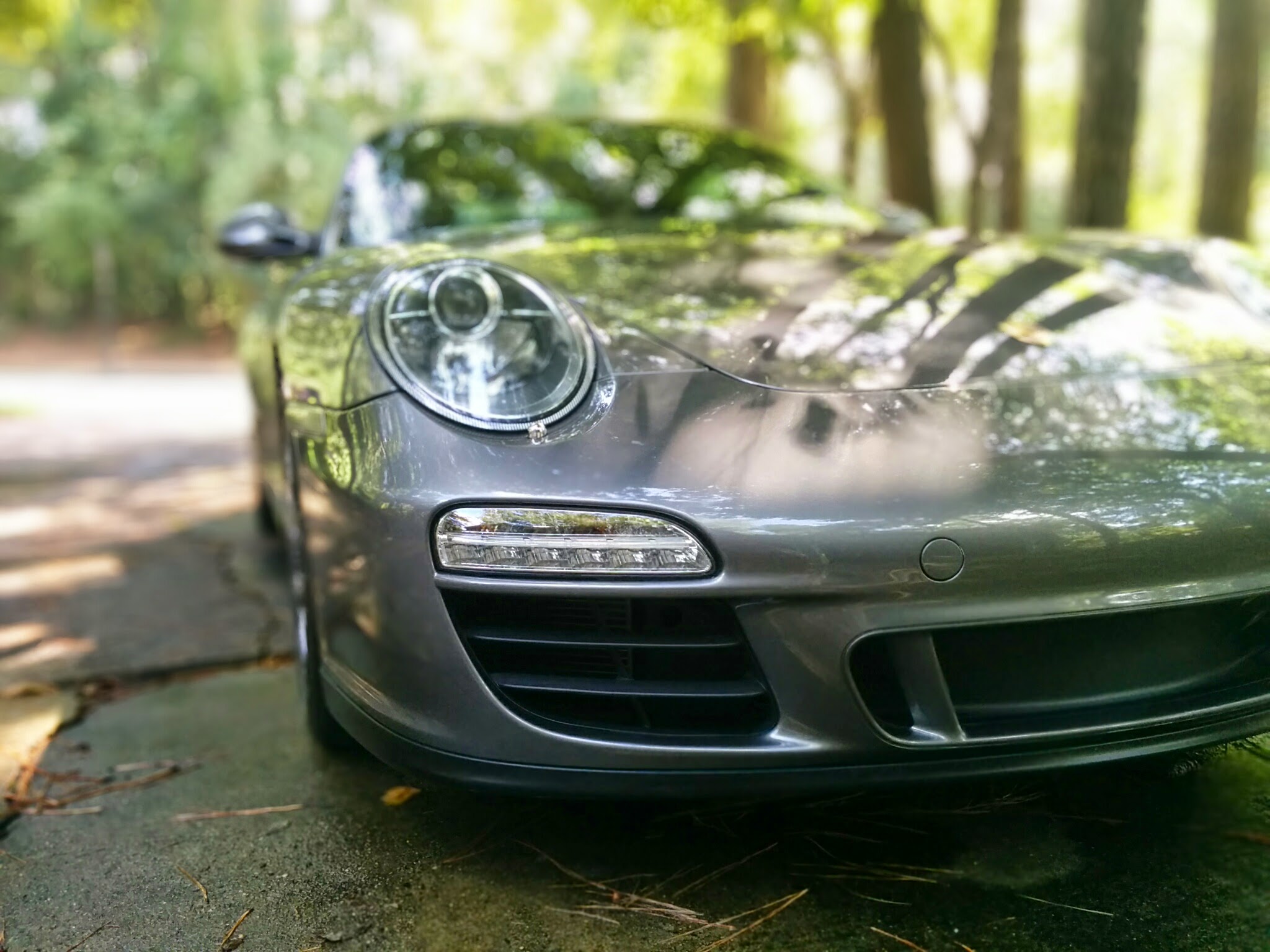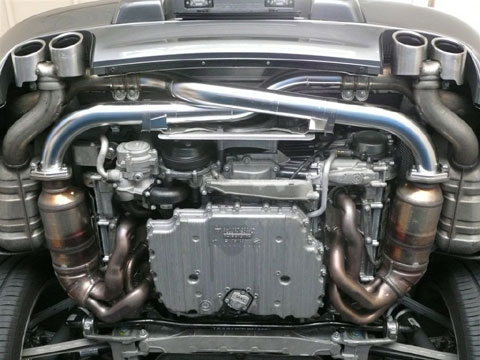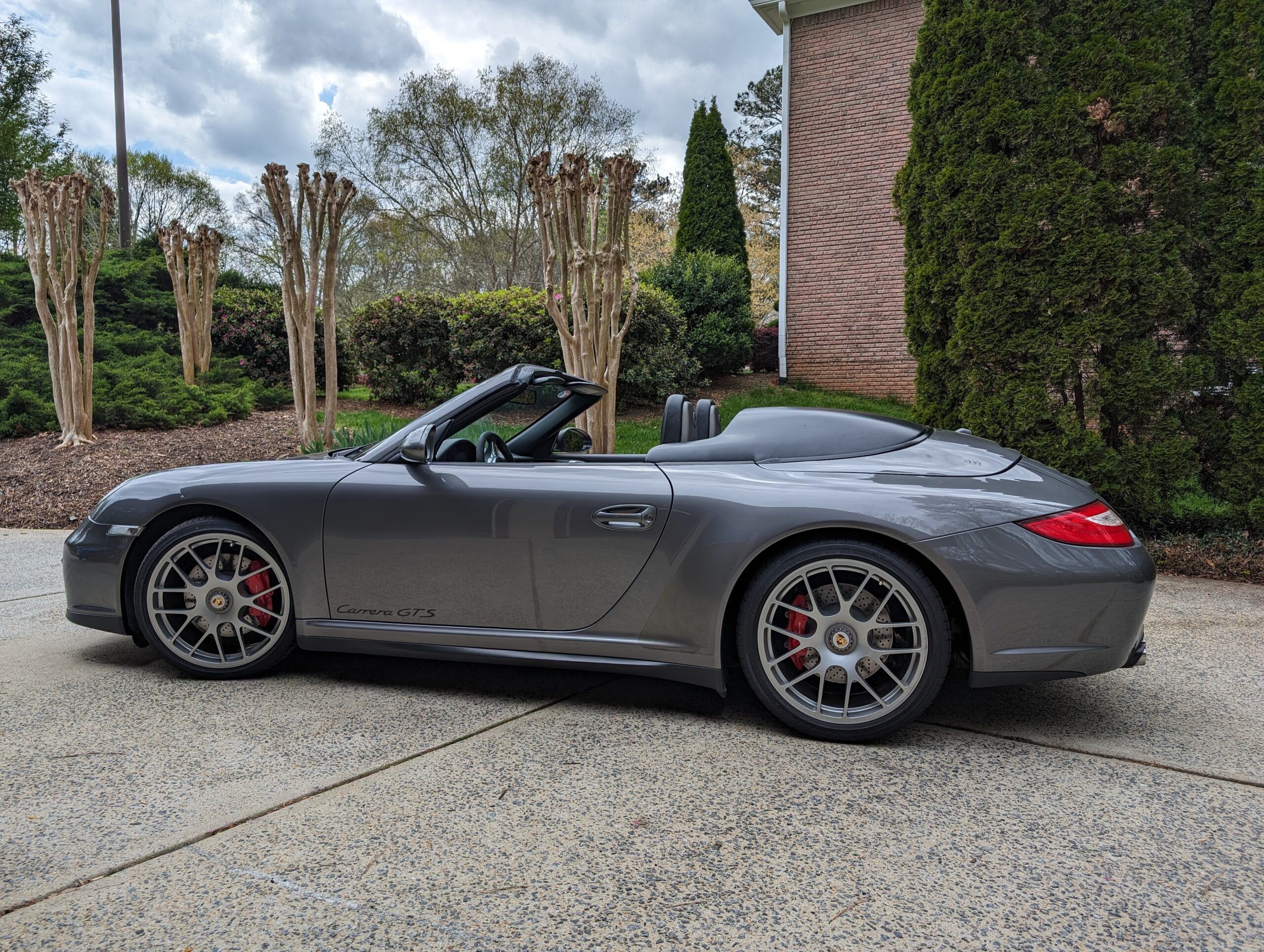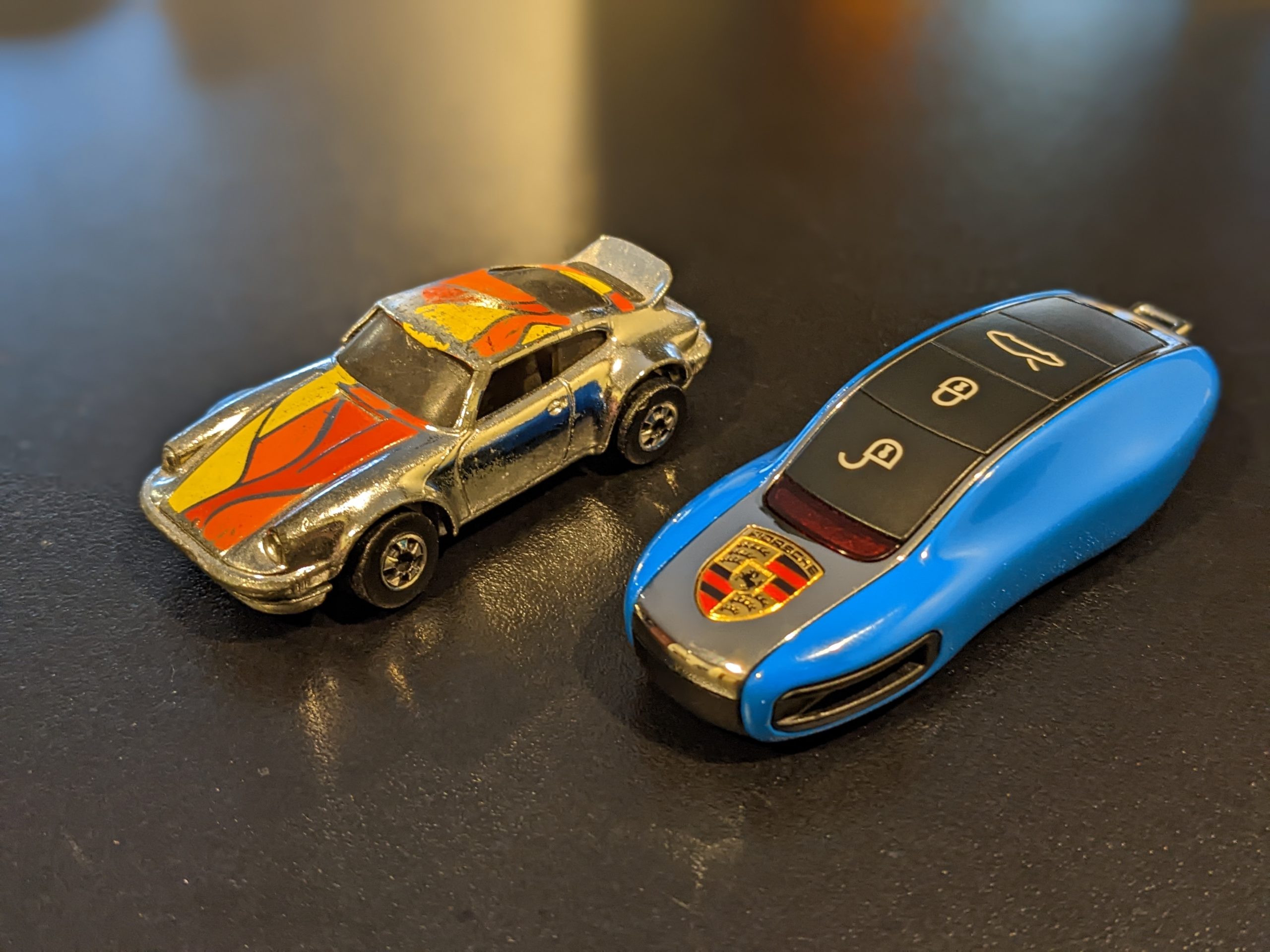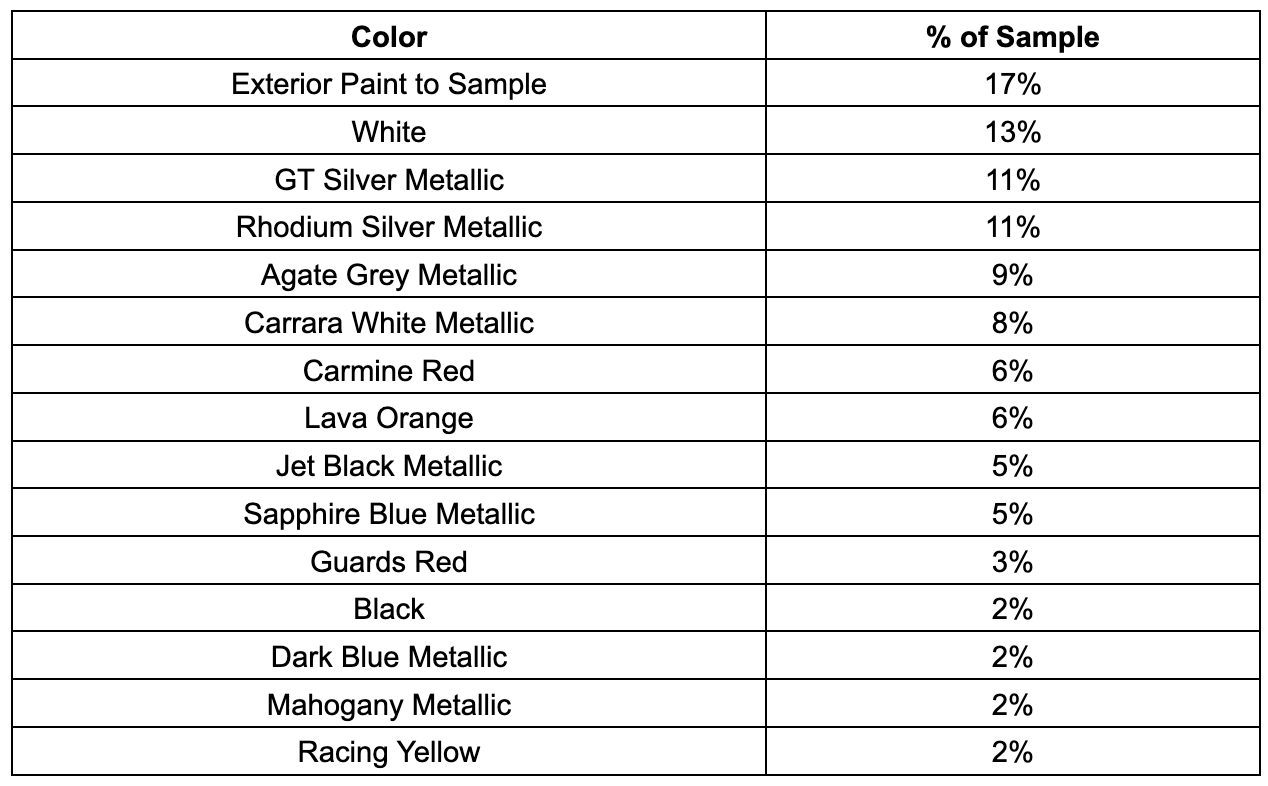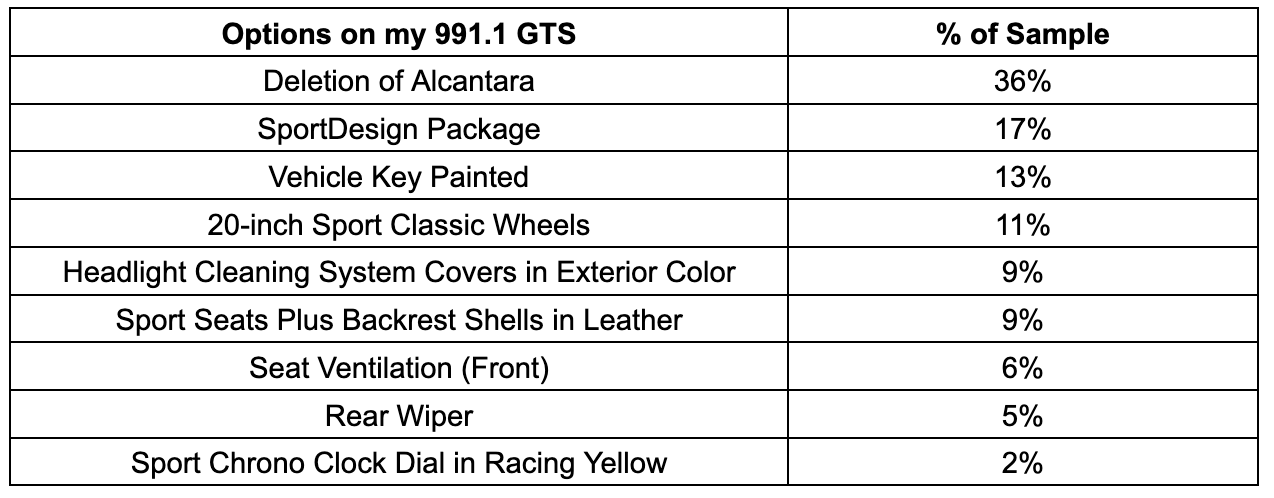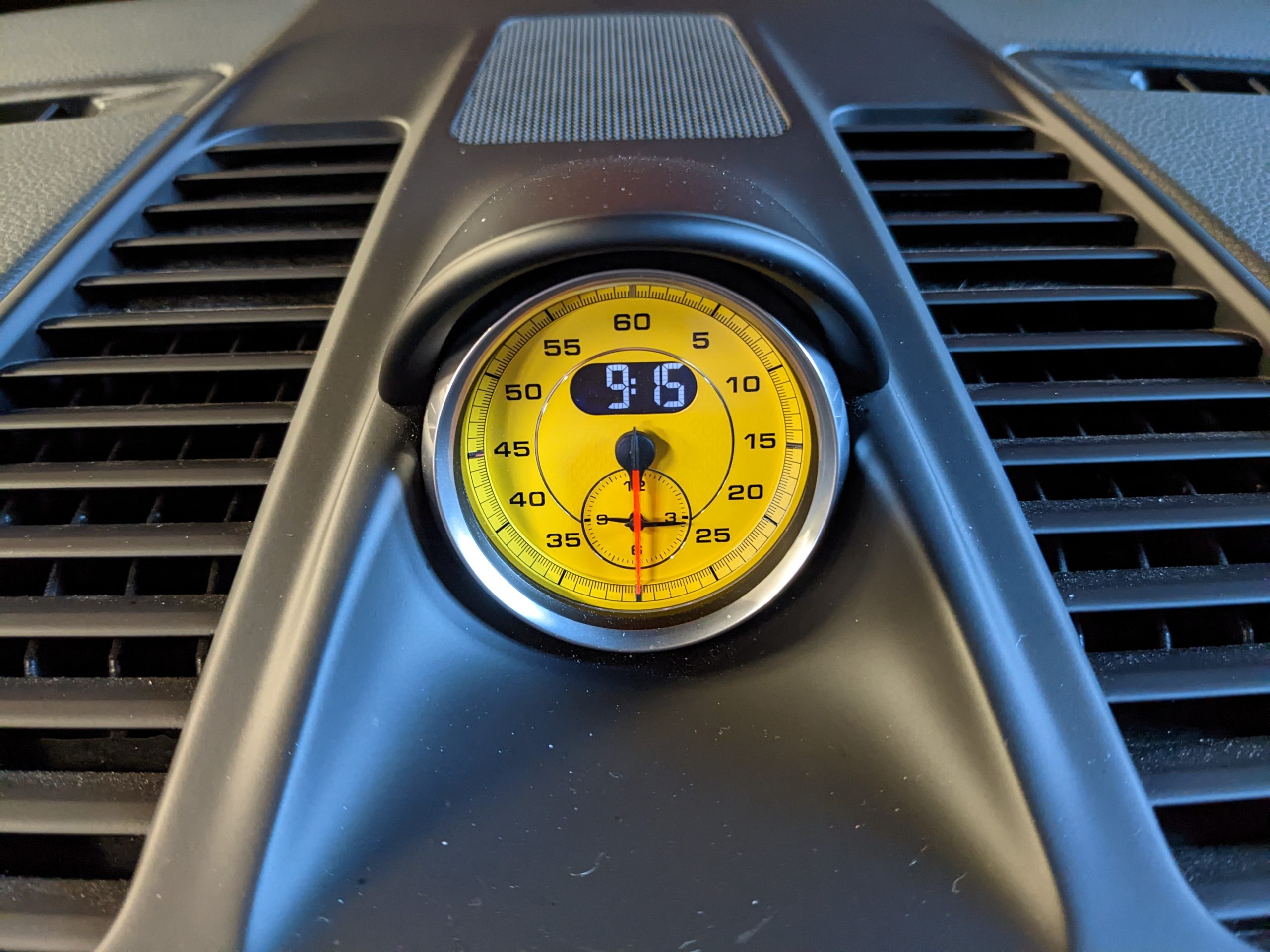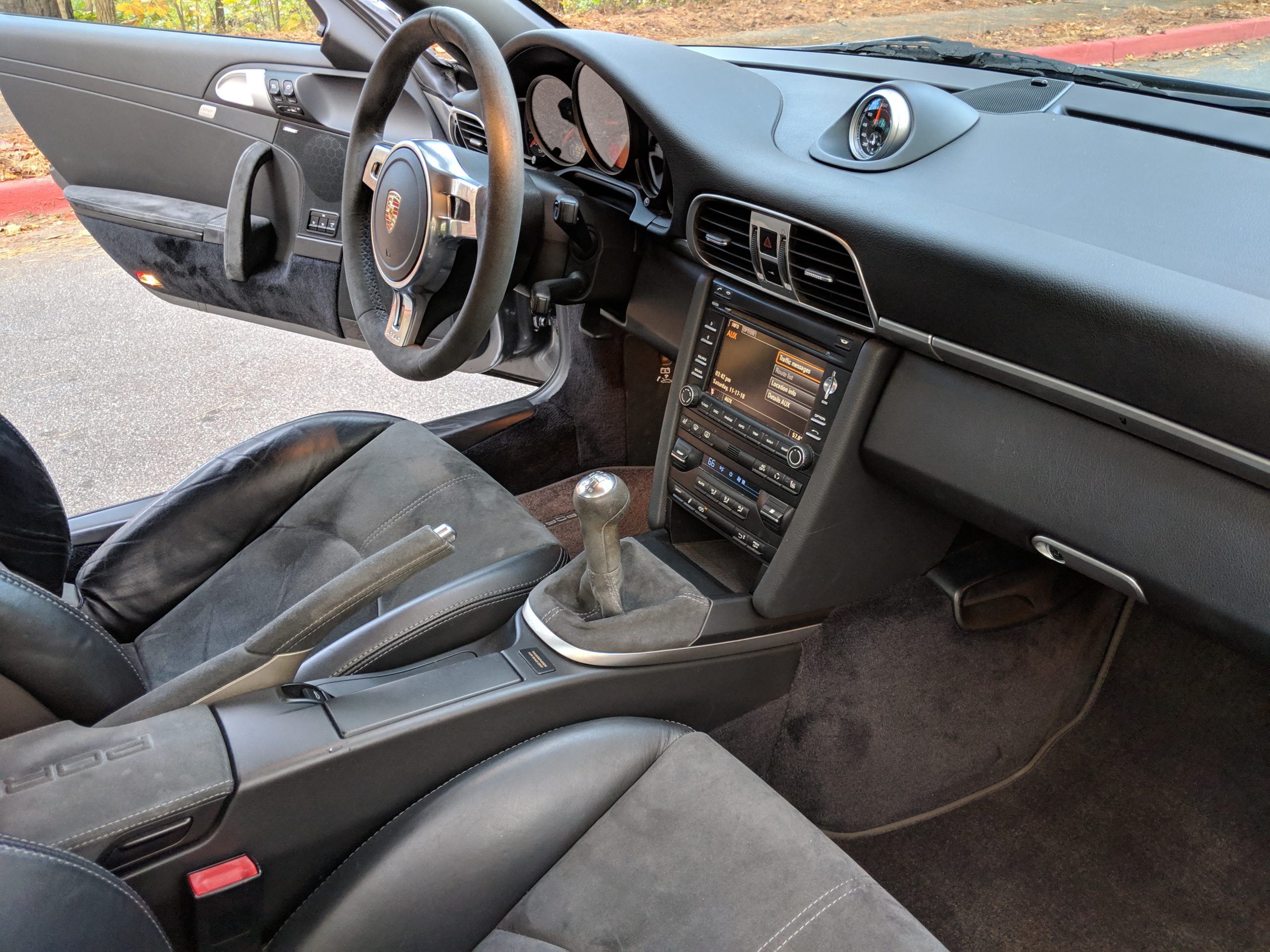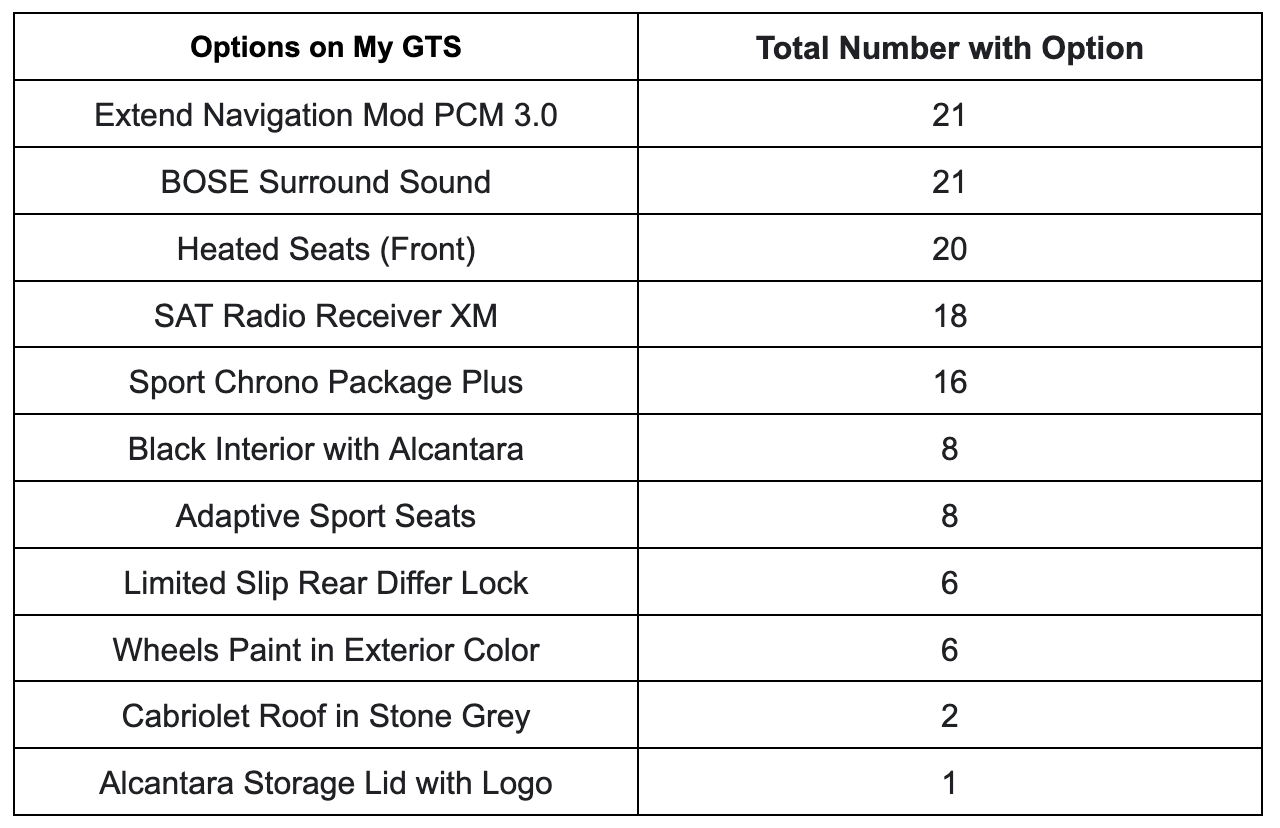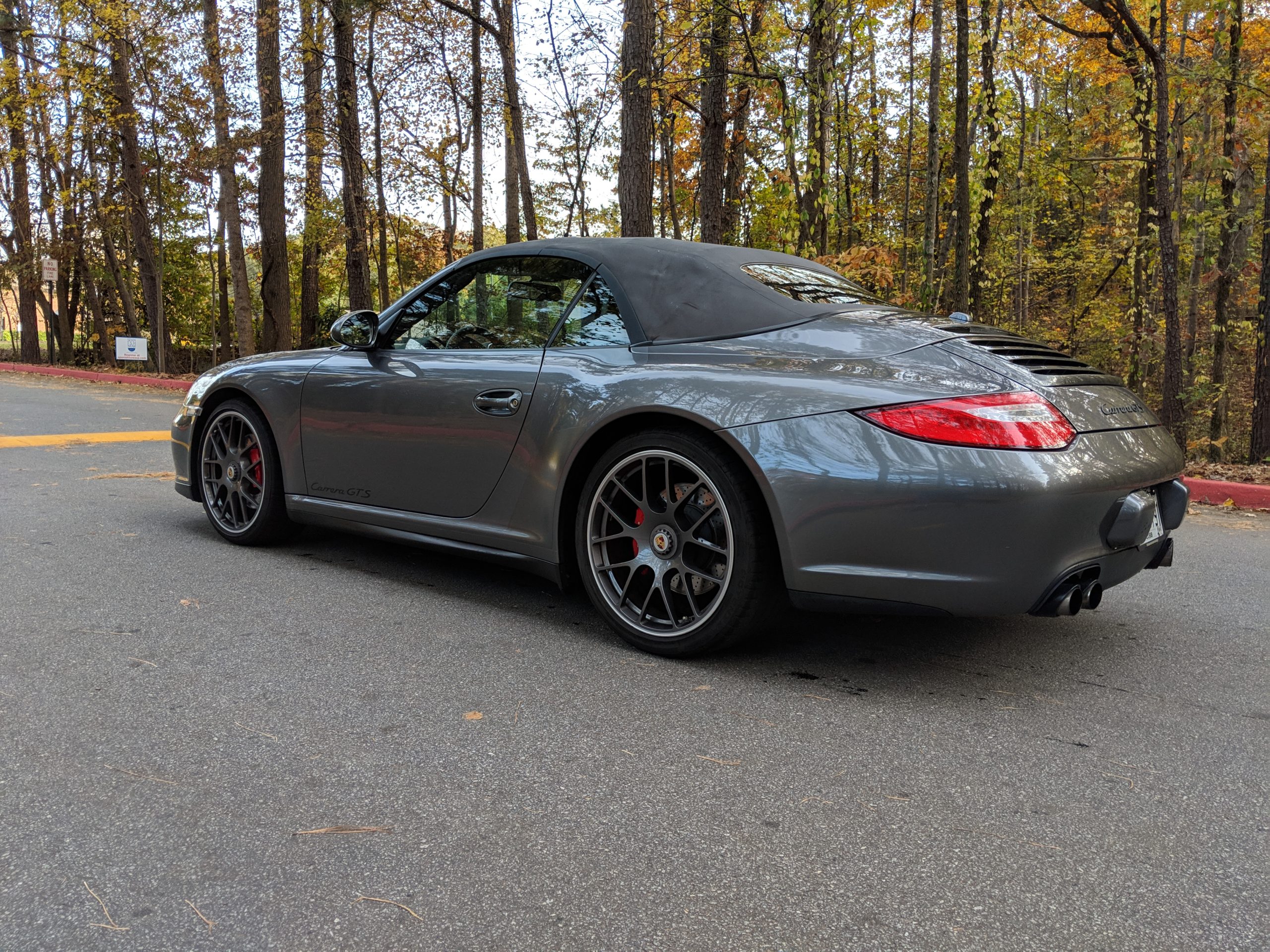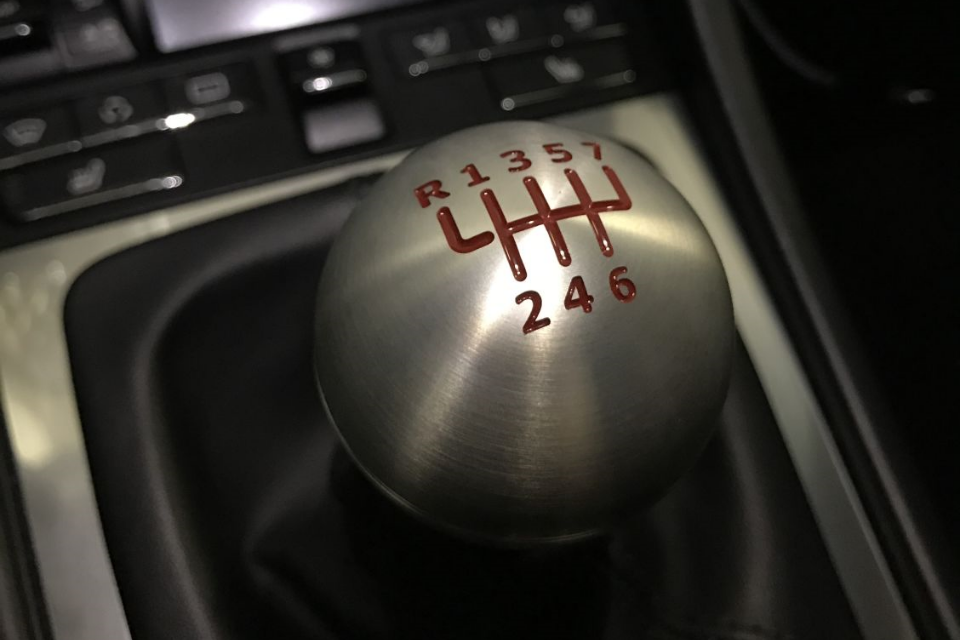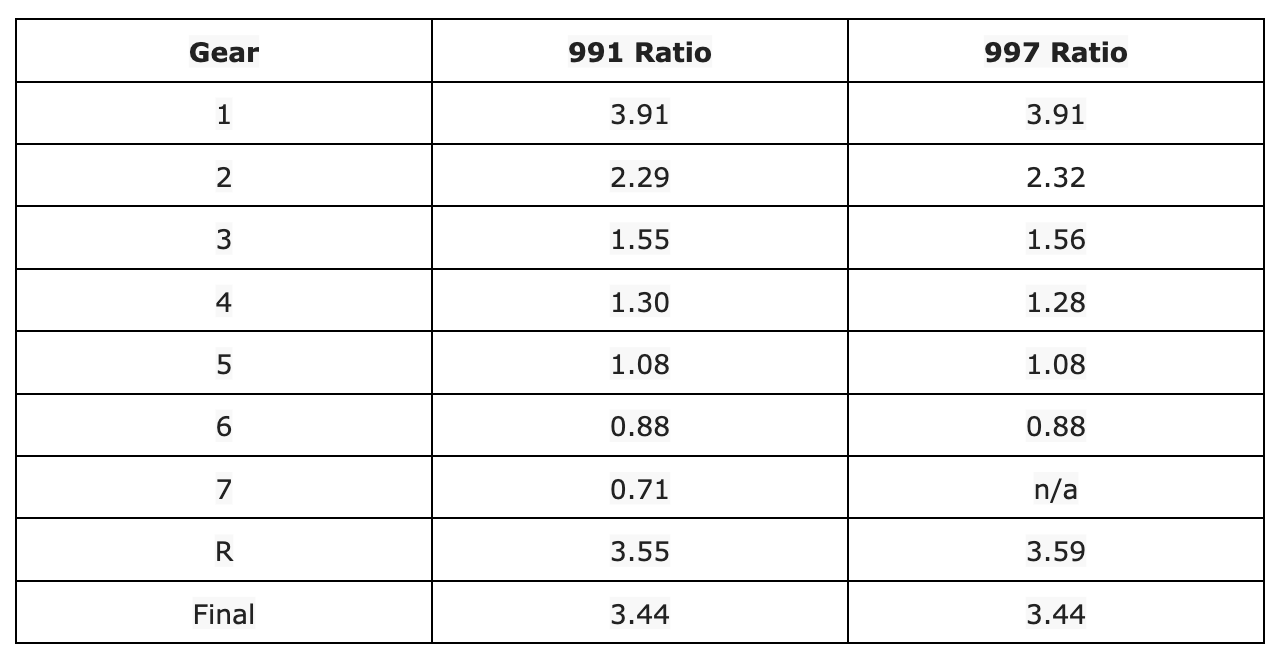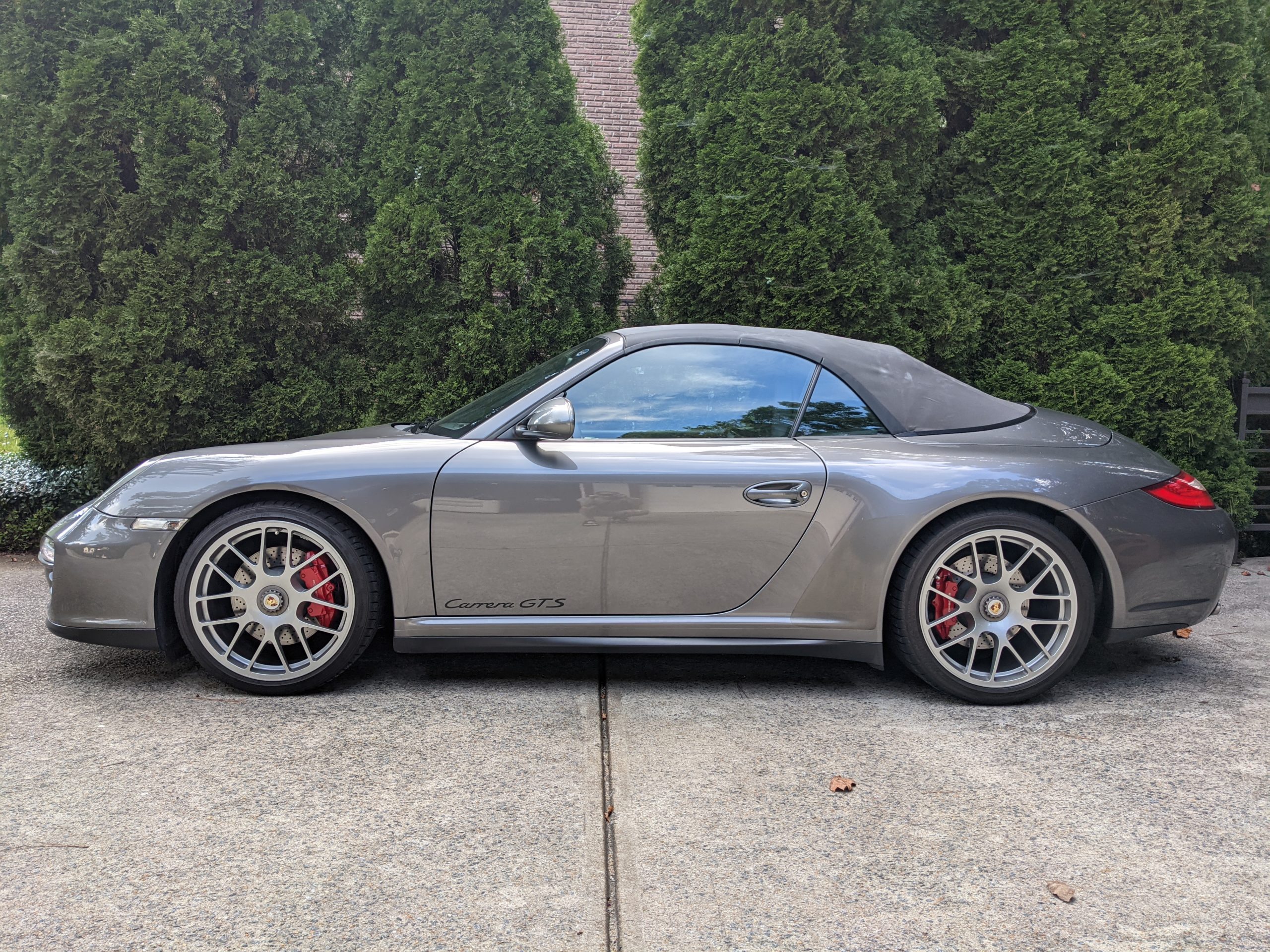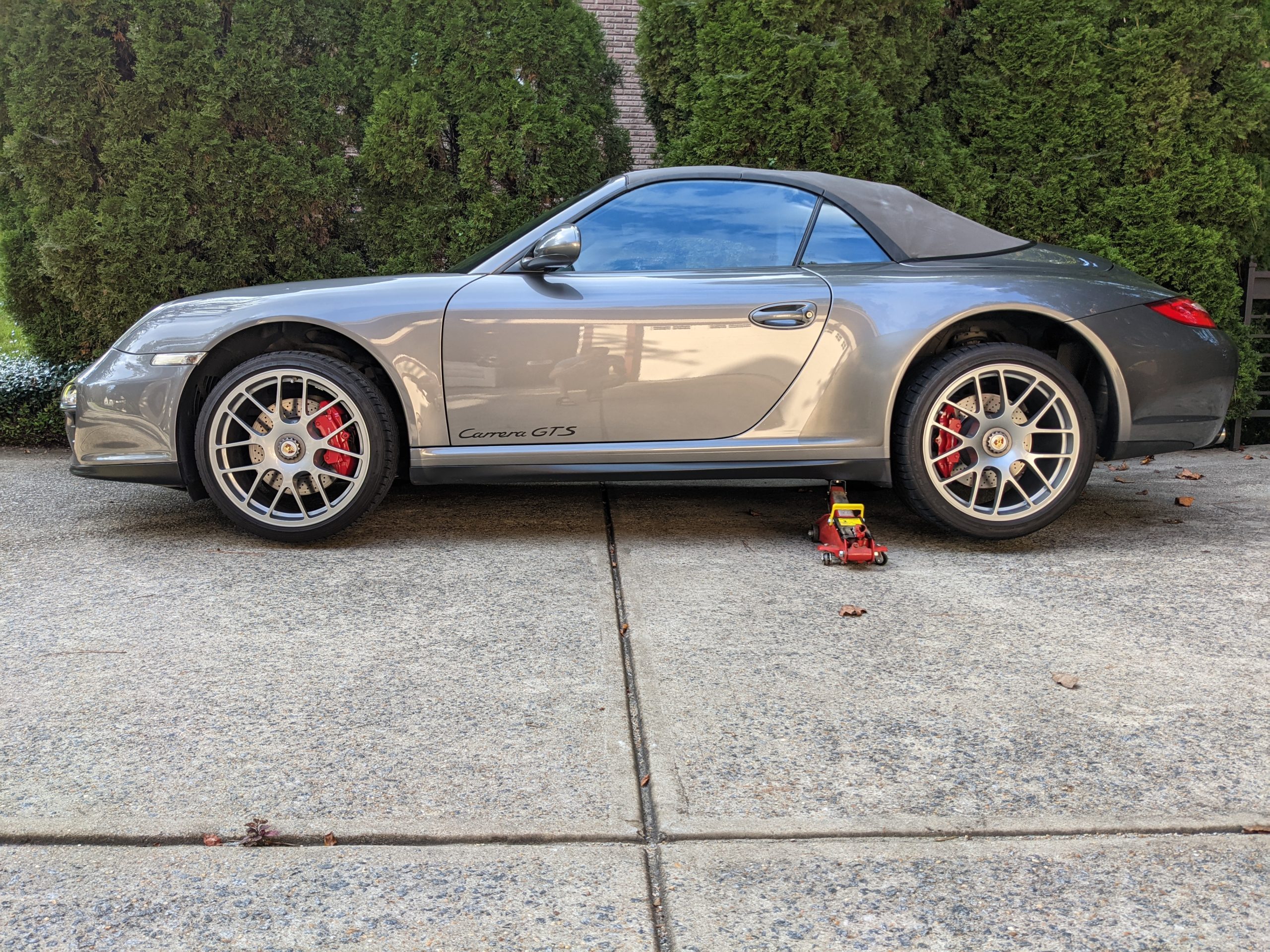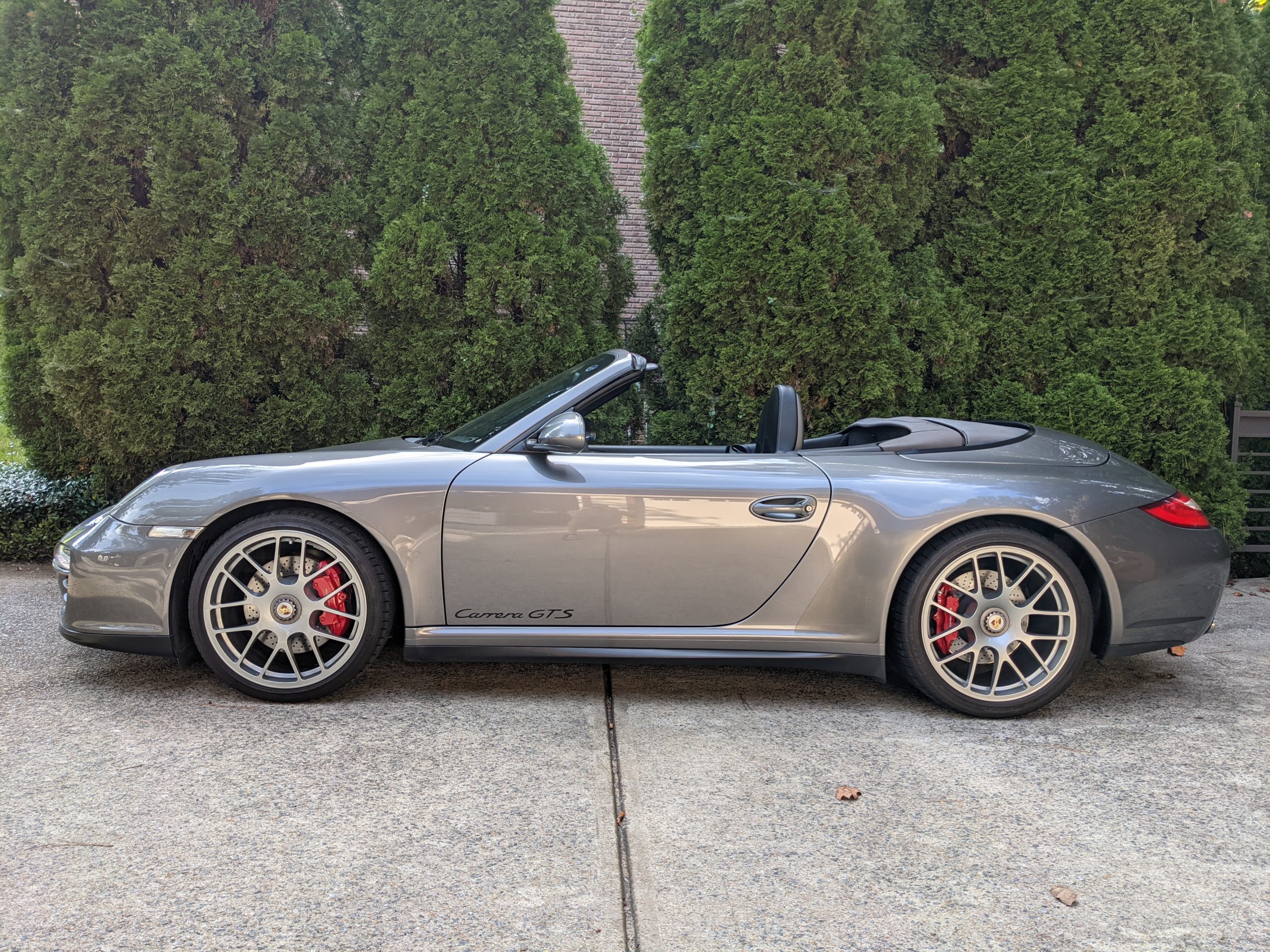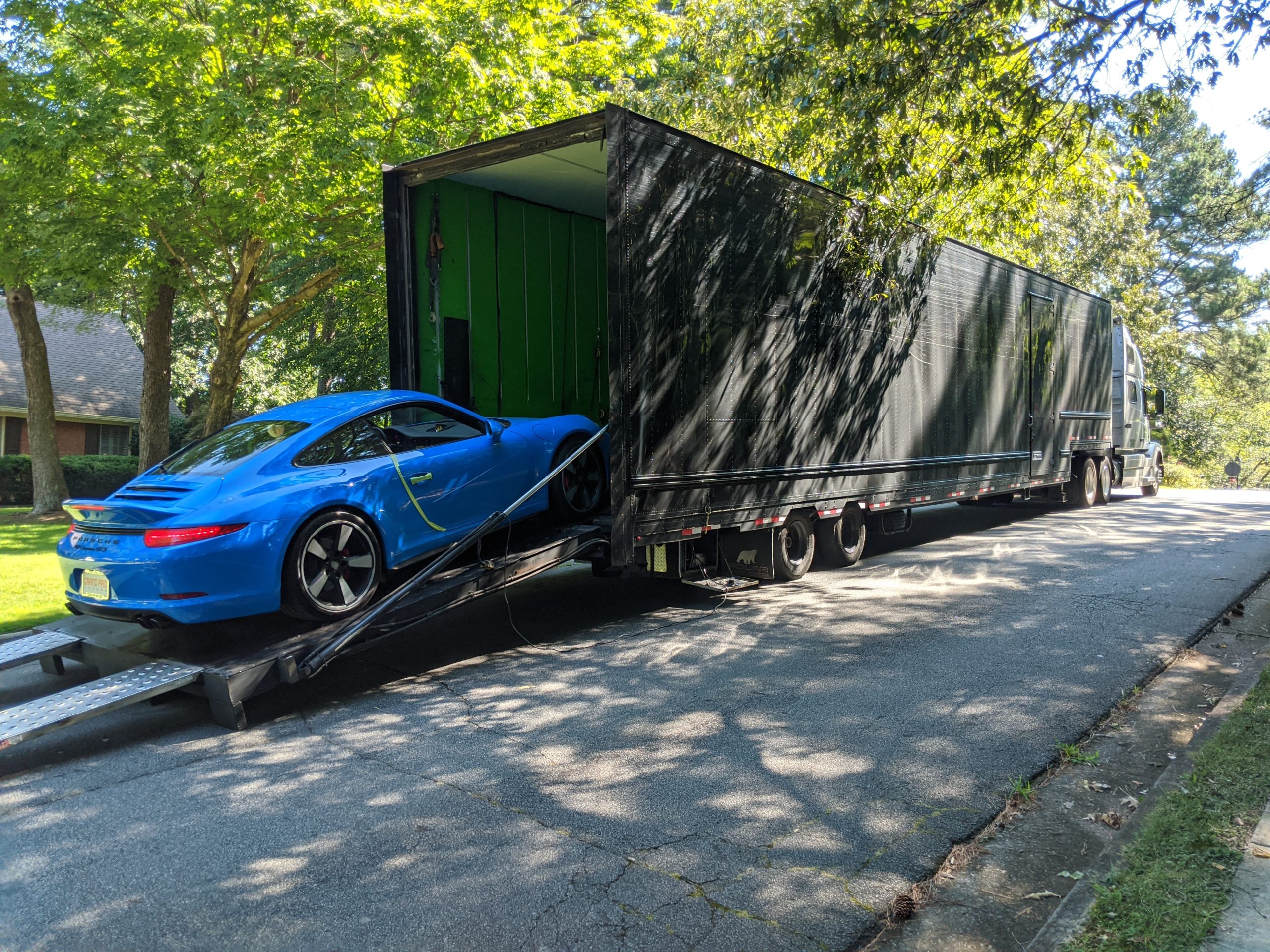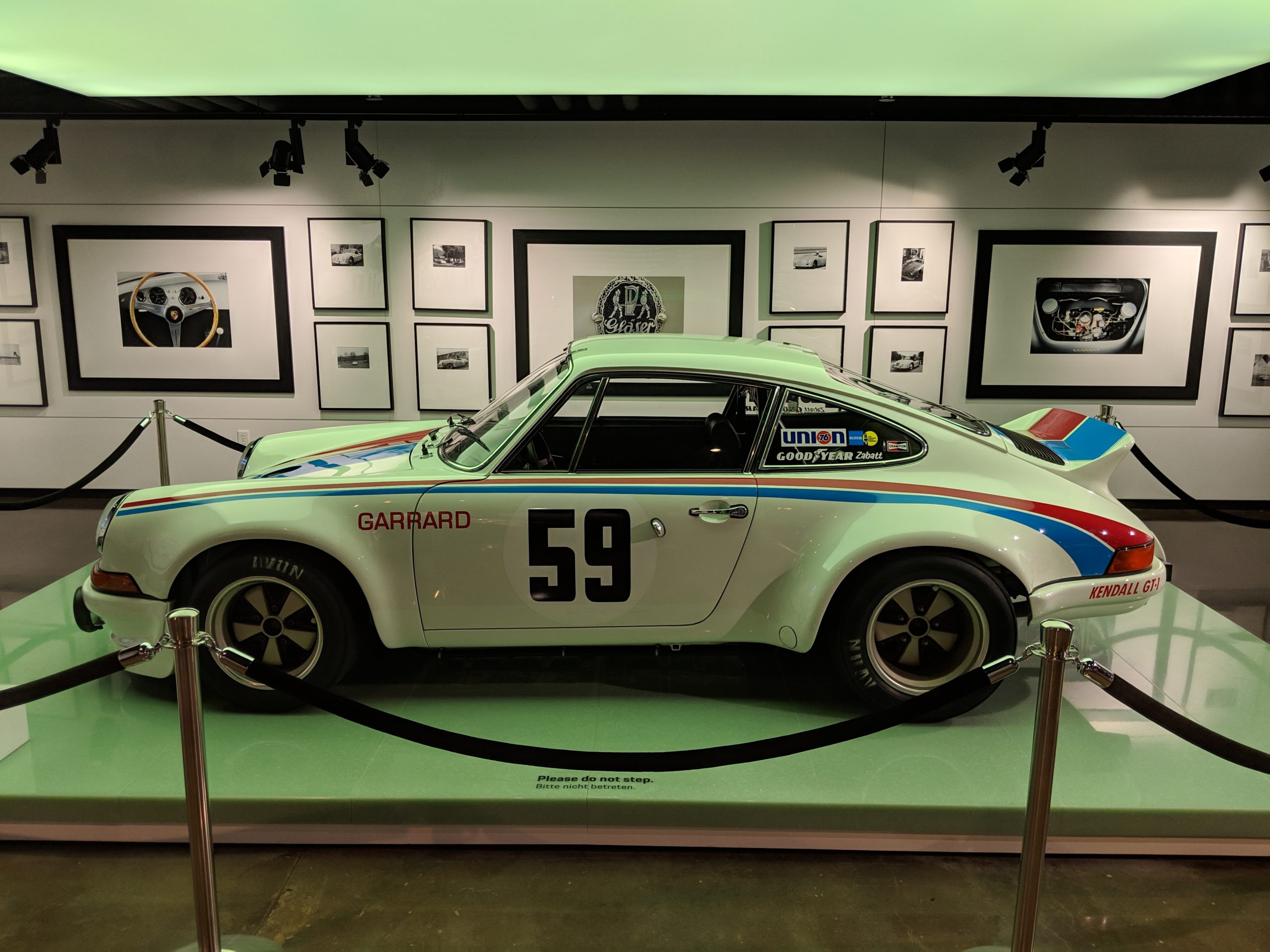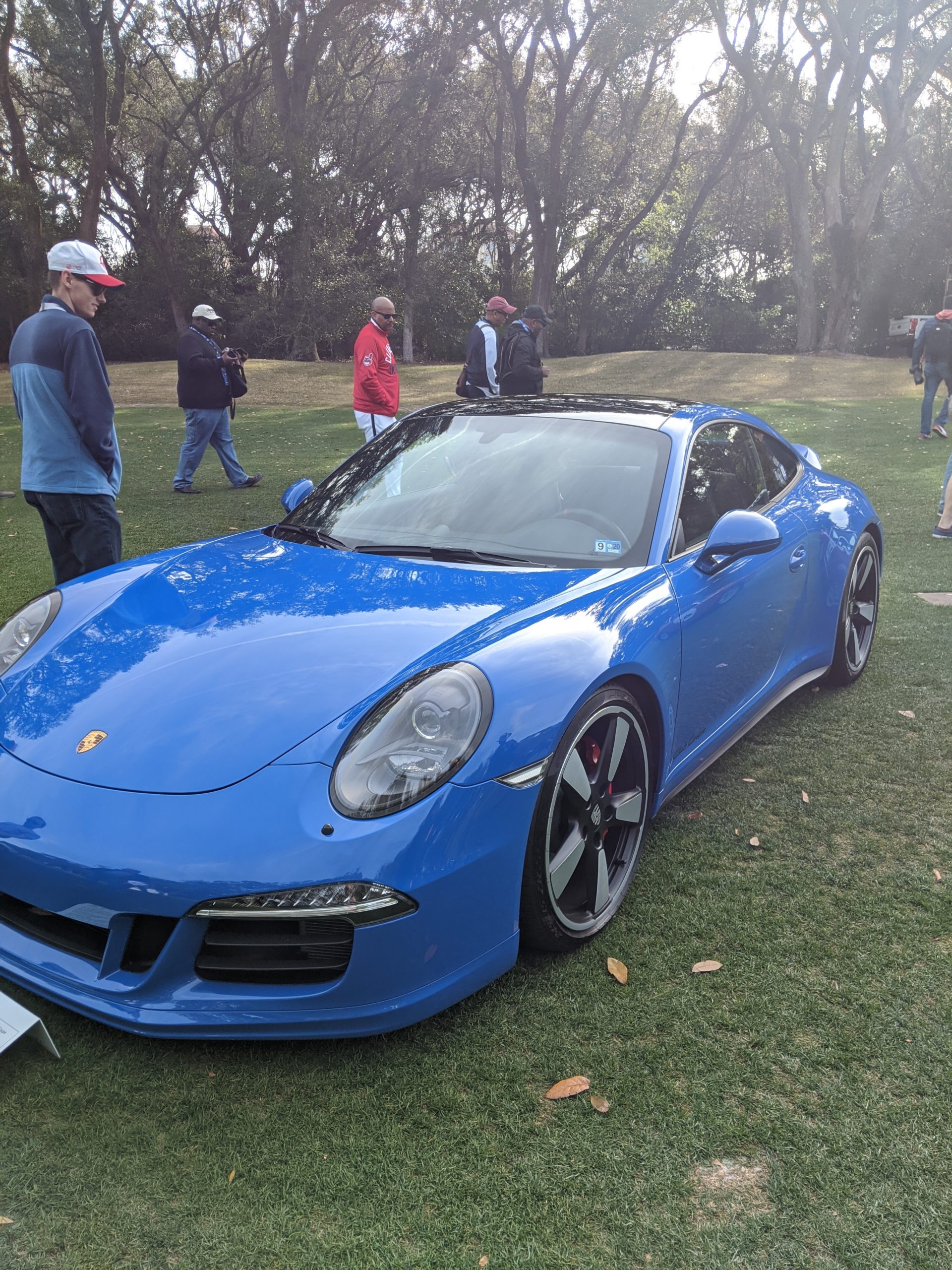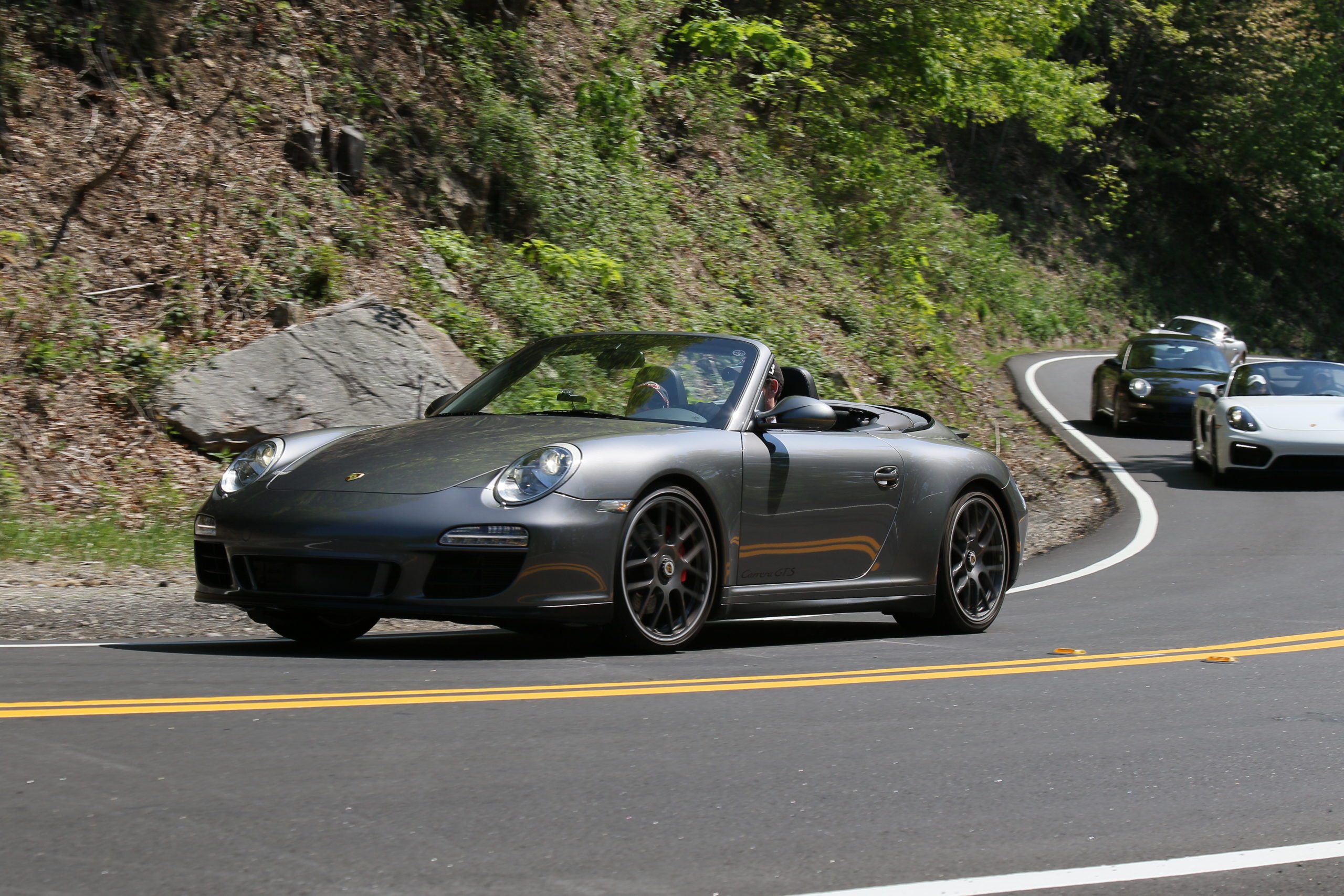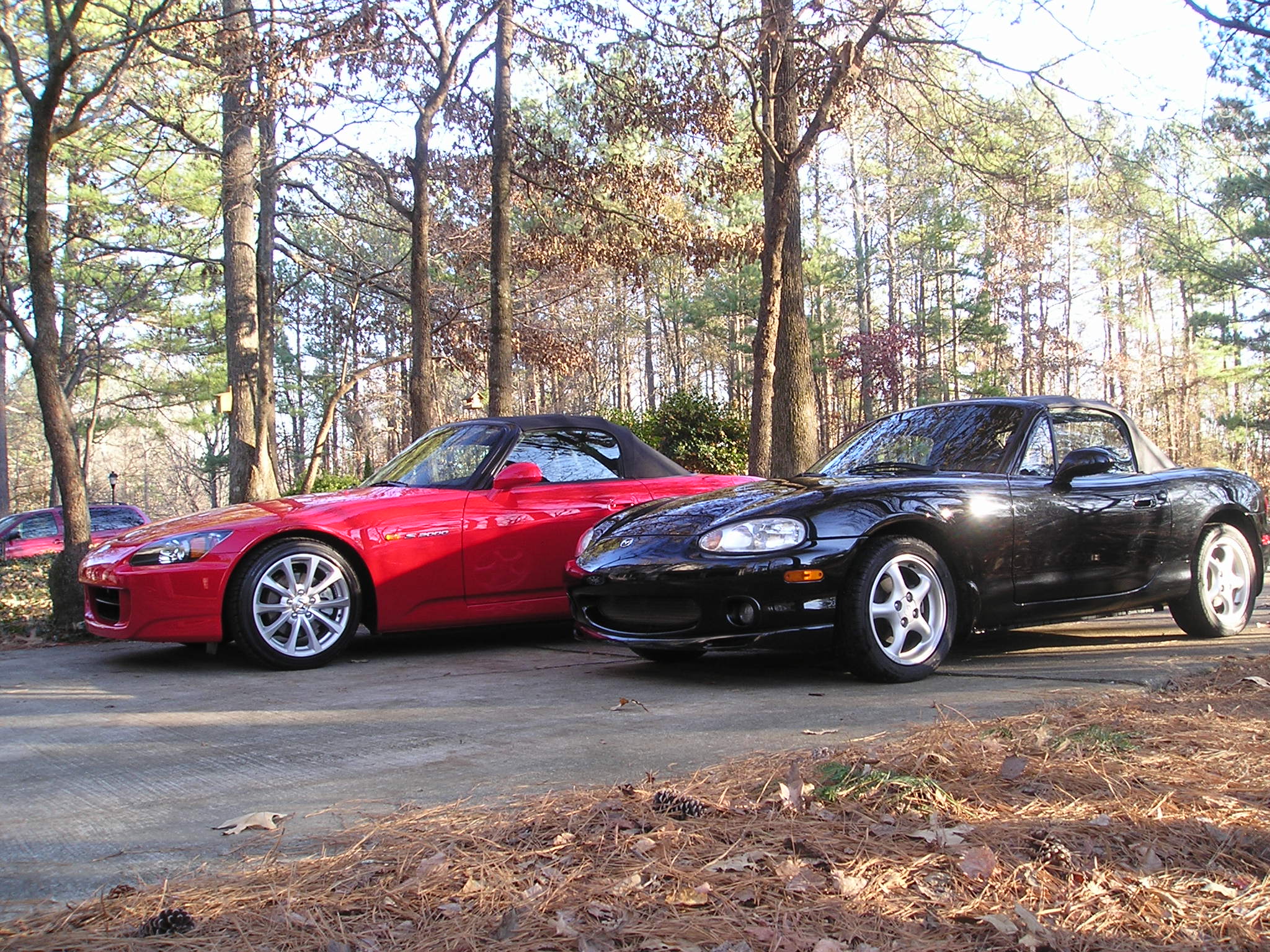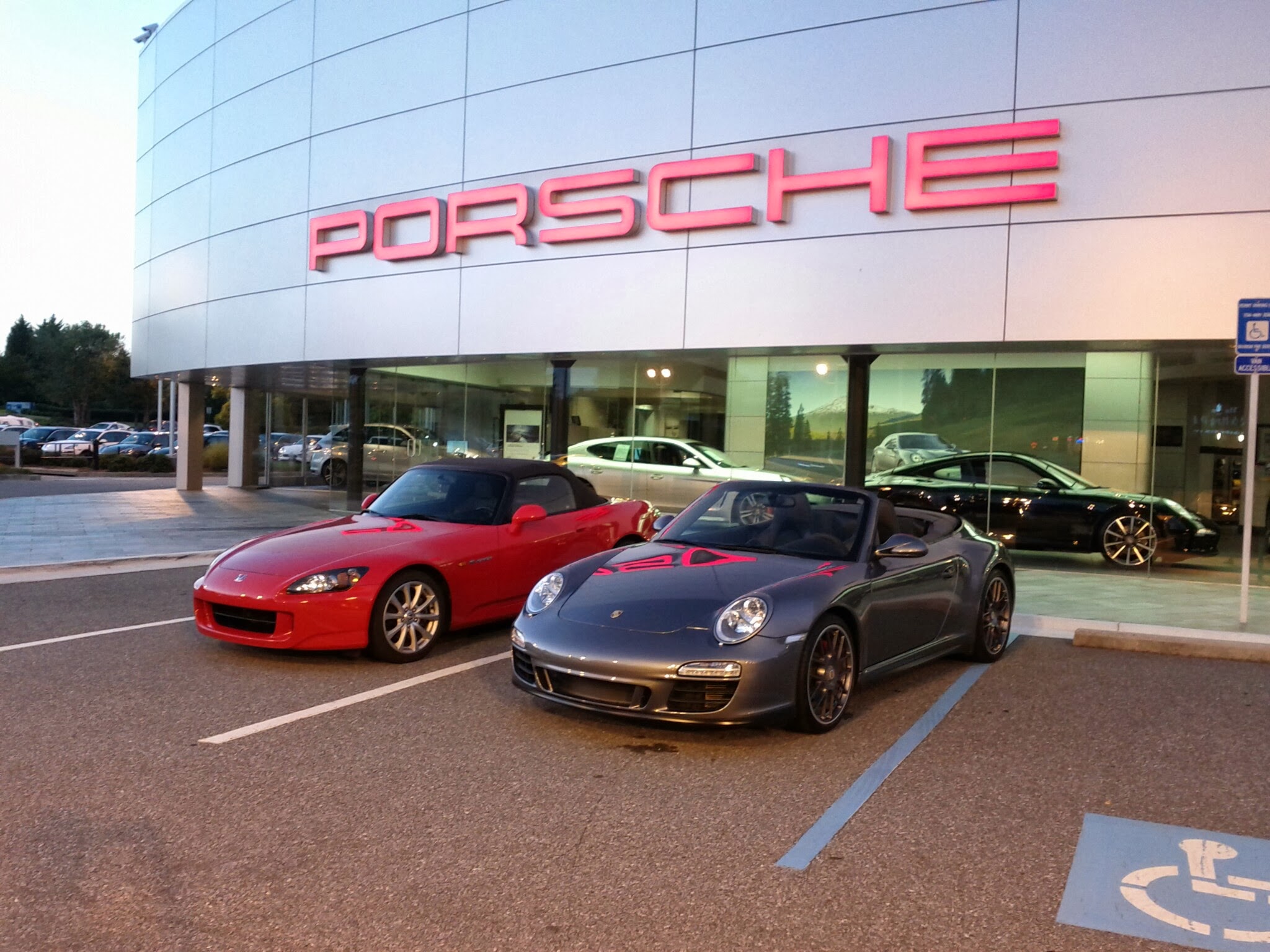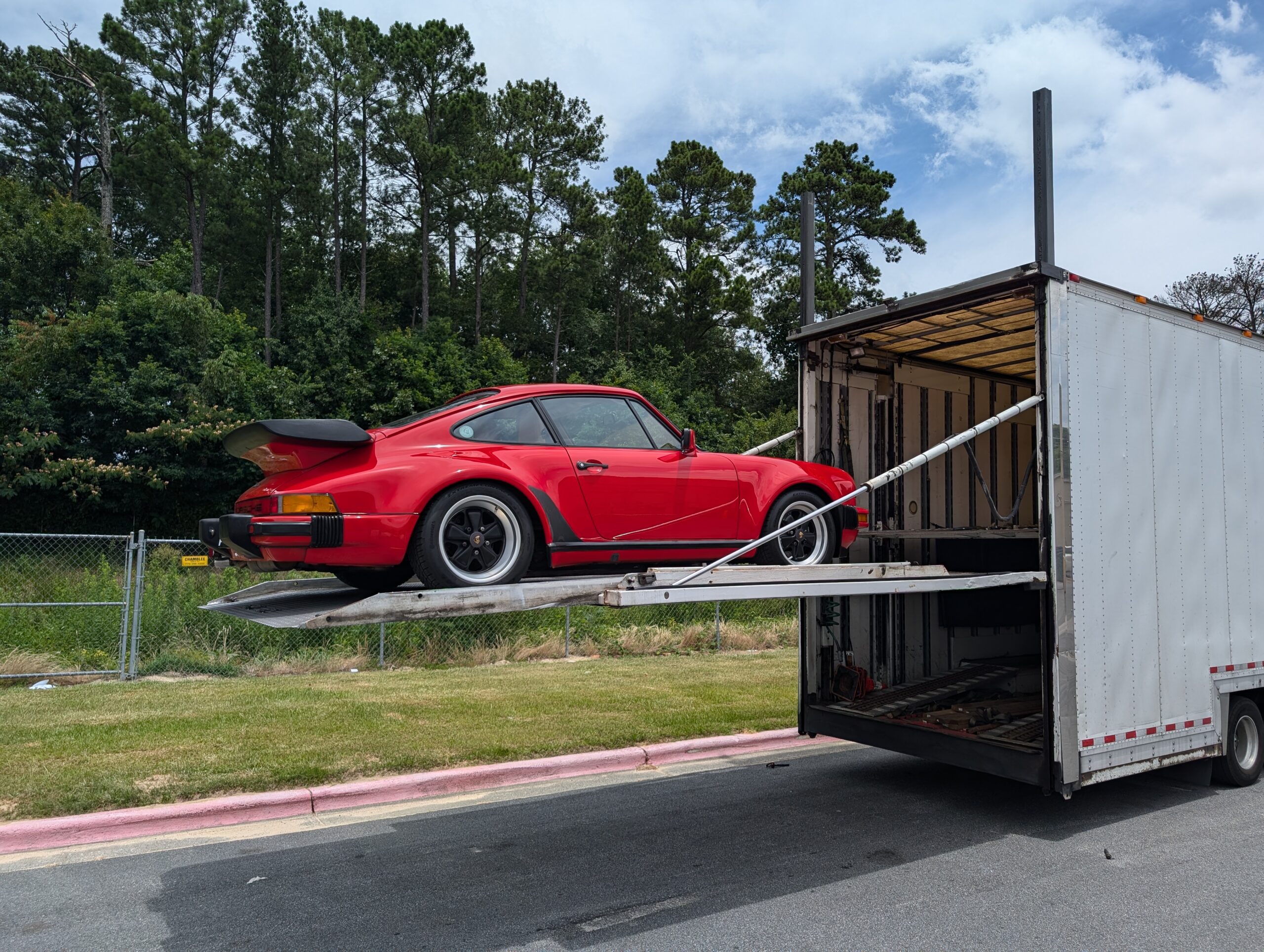
Lessons from My First Classic 911 Porsche Purchase on BaT
There’s something about classic 911s that has always captured my attention. While my entrypoint to Porsche ownership was a modern 997 GTS, I knew I eventually wanted to add a classic to the garage. I had a few specifics in mind: something with character, a bit of a story, and ideally, a single-owner car. After a protracted search through PCA listings and forum classifieds, it became clear that auctions, especially Bring a Trailer (BaT), were my best bet.
This classic 911 that I bought in the summer of 2024 was my first successful purchase on BaT. I had bid on several other cars before but never won. When this one came up, it checked a lot of boxes, and I finally decided to go for it.
The Search and the Story
I had bid on a few cars before, always missing out for one reason or another. When I finally found the right one, a few things stood out:
- I was interested in an M491 model because it has the GTSence that I enjoy. The M491 “Turbo Look” package sounds remarkably similar to a modern 911 GTS with both design and performance upgrades including what I consider to be a defining feature: a wide body design with a two-wheel drive set-up and a naturally aspirated motor.
- It was a single-owner car, something that becomes increasingly rare as these classics change hands more frequently the older they get.
- There was an interesting backstory since the seats were ordered in a rare leather-to-sample color and in an unusual configuration, with the sport seat on the passenger side instead of the driver’s side. This turned out to be a clerical error during the build that couldn’t be corrected due to the custom leather order. The original buyer had intended for the sport seat to be on the driver’s side.
- The seller presented the car well with polished videos, a detailed service history, and work done by a reputable shop all made it seem like a safe bet.
I watched the auction closely, but things took a turn at the last minute. As I was keeping an eye on it during an F1 race, my daughter mentioned she wanted in on it. That changed the equation. Ultimately, I pushed past my original bid ceiling and won.
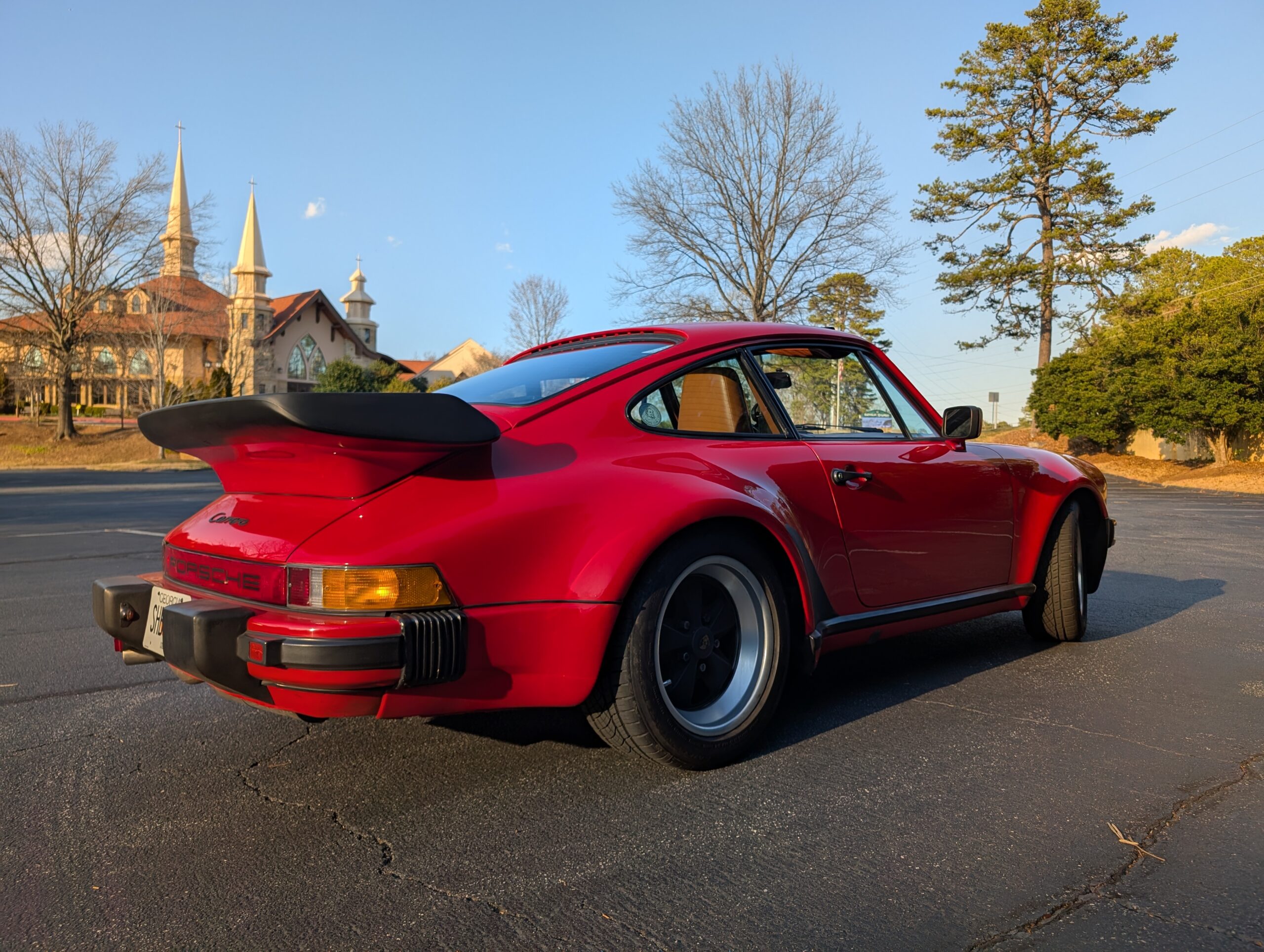
The Buying Process: Adrenaline and Unforeseen Issues
There’s something about the final moments of a BaT auction that can cloud your judgment. Especially when the seller announces that the reserve is off. The adrenaline kicks in. If you’ve been searching for a while, the idea of missing out (again) is hard to stomach. And when your daughter casually says, let’s go for it, hesitation goes out the window.
Post-purchase, I quickly realized that some issues weren’t fairly represented in the listing. I didn’t ignore them, they simply weren’t disclosed, which made for a frustrating surprise when I took possession of the car. Given how obvious they were, I felt they should have been mentioned by the seller. This included issue like:
- A suspension squeak that pointed to underlying wear.
- Shift issues that were apparent as soon as I drove it.
- Despite 194 listing photos, none of them showed the leather pulling away from the dash, something that should have been disclosed.
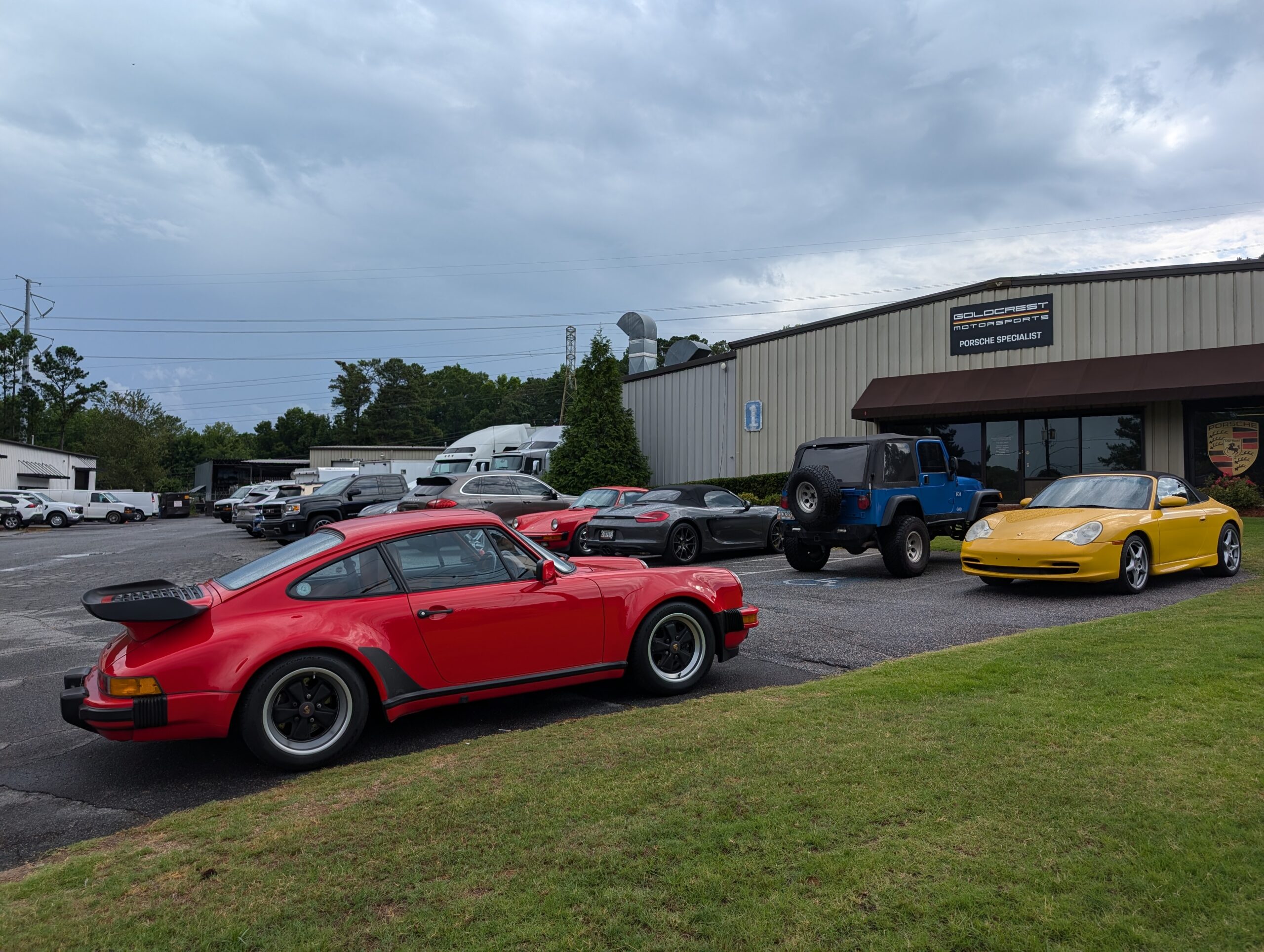
Post-Purchase Reality
Once we took possession of the car, we brought it to our trusted shop for what I called a Post-Purchase Inspection (PPI). They went through the car in detail, identifying and correcting the suspension squeak, shift issues and other deferred maintenance that hadn’t been disclosed in the listing. These were things that should have been caught and mentioned by the seller, but at least now they were properly addressed, making the car mechanically sound and ready to enjoy.
Was it a bad buy? No. Am I glad I bought it? Absolutely. But I also had to spend a significant amount of money to bring it up to spec. Fortunately, I was in a position where I could absorb that cost, but for buyers going into a classic car purchase expecting it to be turn-key, this is a crucial lesson.
Lessons Learned
- Auction excitement clouds judgment. It’s easy to get caught up in the moment, especially when you’ve missed out before. I’m a disciplined spender, but sometimes that doesn’t matter!
- Even well-documented listings can miss important details. Photos and service records don’t always tell the full story.
- A strong presentation doesn’t mean a perfect car. A polished video and work from a reputable shop help, but they don’t replace a thorough PPI. Pre beats Post every time.
- Be financially prepared for surprises. Classic 911s always need something, and if you’re not prepared for that, you might end up regretting the purchase.
Now that the car is sorted, it’s a pleasure to drive. And despite having multiple Porsches to choose from, I find myself reaching for the classic 911’s key more often than not. Even with the unexpected costs, I wouldn’t change a thing.
If you’re considering buying a classic Porsche on BaT, my advice is simple: do your homework, don’t let the adrenaline win, and be ready for the unexpected. If you can handle that, you’ll end up with a car you love, even if it takes a bit more work than you planned.
